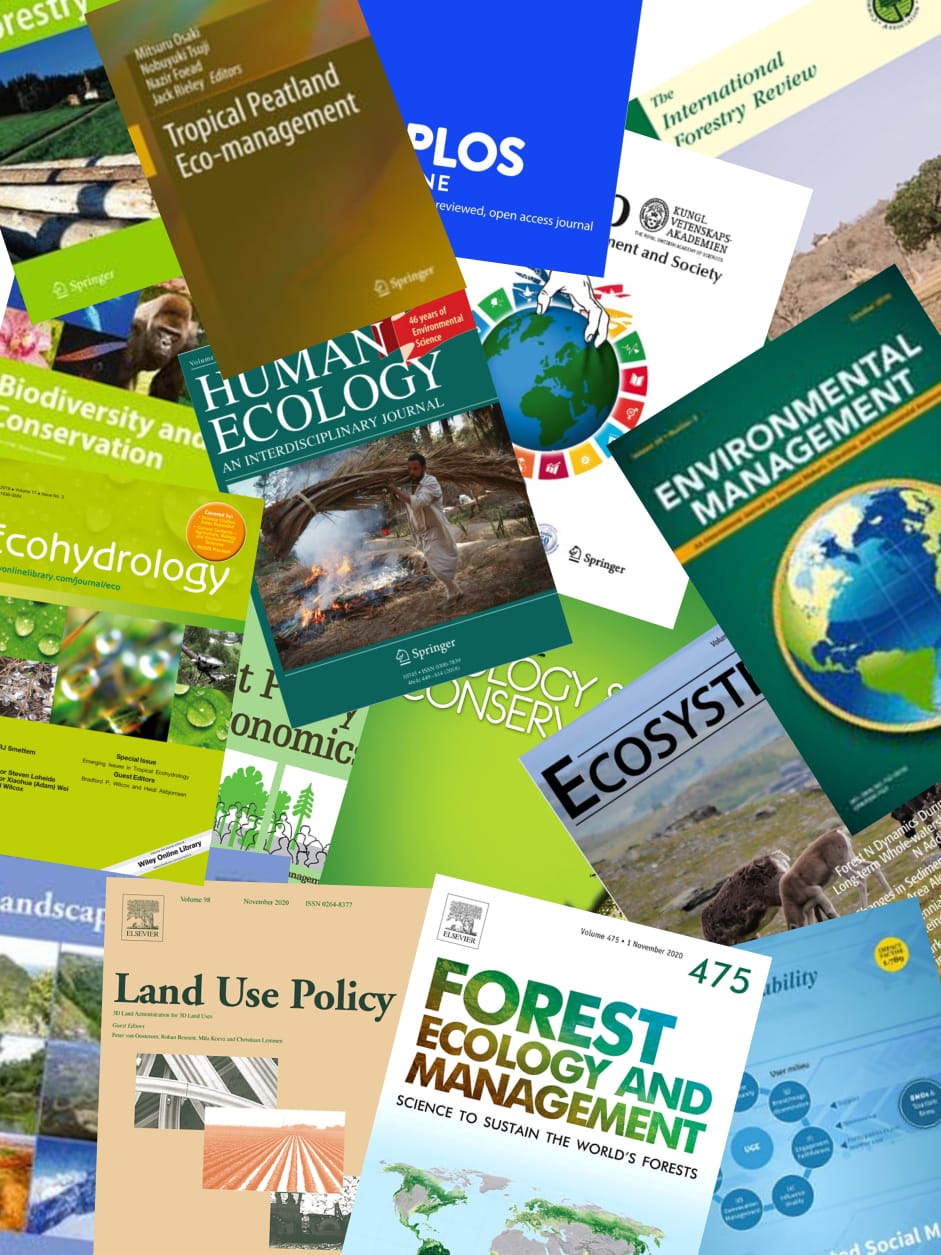Restoration of degraded forest lands is a global priority that aims to restore ecosystems and their functions in ways that provide multiple socio-economic benefits. The Selangor State Forestry Department (SSFD) of peninsular Malaysia in collaboration with an NGO, local people and other stakeholders had been implemented a community-based restoration of degraded peat swamp forest (1000 hectare) programme in Raja Musa Forest Reserve, North Selangor since 2008. However, socio-economic and ecological impacts of this restoration programme are yet to study fully. In this pioneer study, we followed 5Rs approach to peatland restoration and assessed rewetting status (R1), reduction of fire incidences (R2), revegetation (R3), revitalization (R4) and reporting and monitoring (R5) to understand socio-economic and ecological outcomes of the programme. Data on R1, R2, R3 (restoration approach), R4 (qualitative data on socio-economic outcomes) and R5 (management actions and stakeholders’ participation) were collected through four focus group discussions, five key informant interviews, review of NGO's documents and a stakeholders’ workshop. Quantitative data on R4 (local peoples’ willingness to contribute (WTC) and socio-economic impact (e. g. benefits, education, awareness) were collected through structured interviews of 200 randomly selected households in four surrounding villages. Data on R3 (ecological outcomes- survival rate and growth of planted trees, status of natural regeneration) were gathered through a series of vegetation survey. Restoration project created jobs (e. g. patrolling) and small business (e. g. forest nursery) opportunities for local people, and enhanced tourism, nature education and research in RMFR thus contributed to locals’ socio-economic development (R4). Local people were WTC to tree planting and maintenance (69 %), canal blocking and maintenance (26 %), forest vigilance (34 %), fire control (35 %), trail construction (27 %), and education and awareness creation (40%) voluntarily without remuneration (R1, R2, R3). The SSFD and NGO adopted an innovative approach of PSF restoration where volunteers (local people and other stakeholders) participated in canals blocking to keep PSF wetted, monthly tree planting events, and education and awareness creation campaigns (R1, R3). Canal blockings helped to maintain a mean ground water level of − 24.96 cm. Due to continuous motivation and awareness creation among surrounding villagers, fire incidents in RMFR were reduced (R2). Between 2008 and 2019, 323.72- hectare plantations were developed mainly with Euodia redlevi tree species and few trees of Shorea leprosula, Myristica lowiana and M. pruinose (R3). Selection of species was done by the SSFD and NGO without input from local people (R5). The mean survival percentage of planted trees was 65%. Mean annual increment (MAI) of diameter and height of E. redlevi decreased from younger plantations (3-year) toward older ones (5-, 7-year) (R3). Overall, MAI (dbh and height) across four tree species between age groups was found significantly different (p = 0.001). Regeneration study identified 16 tree species with an average density of 17,798. E. redlevi was dominant, but only 10.6 % of its regeneration attained young tree stage (R3). Suggestions are made to expedite restoration with diverse tree species (R3) with effective participation of local people (R5) and to ensure post-planting maintenance for greater survival of planted trees (R1, R2, R3).
View source

